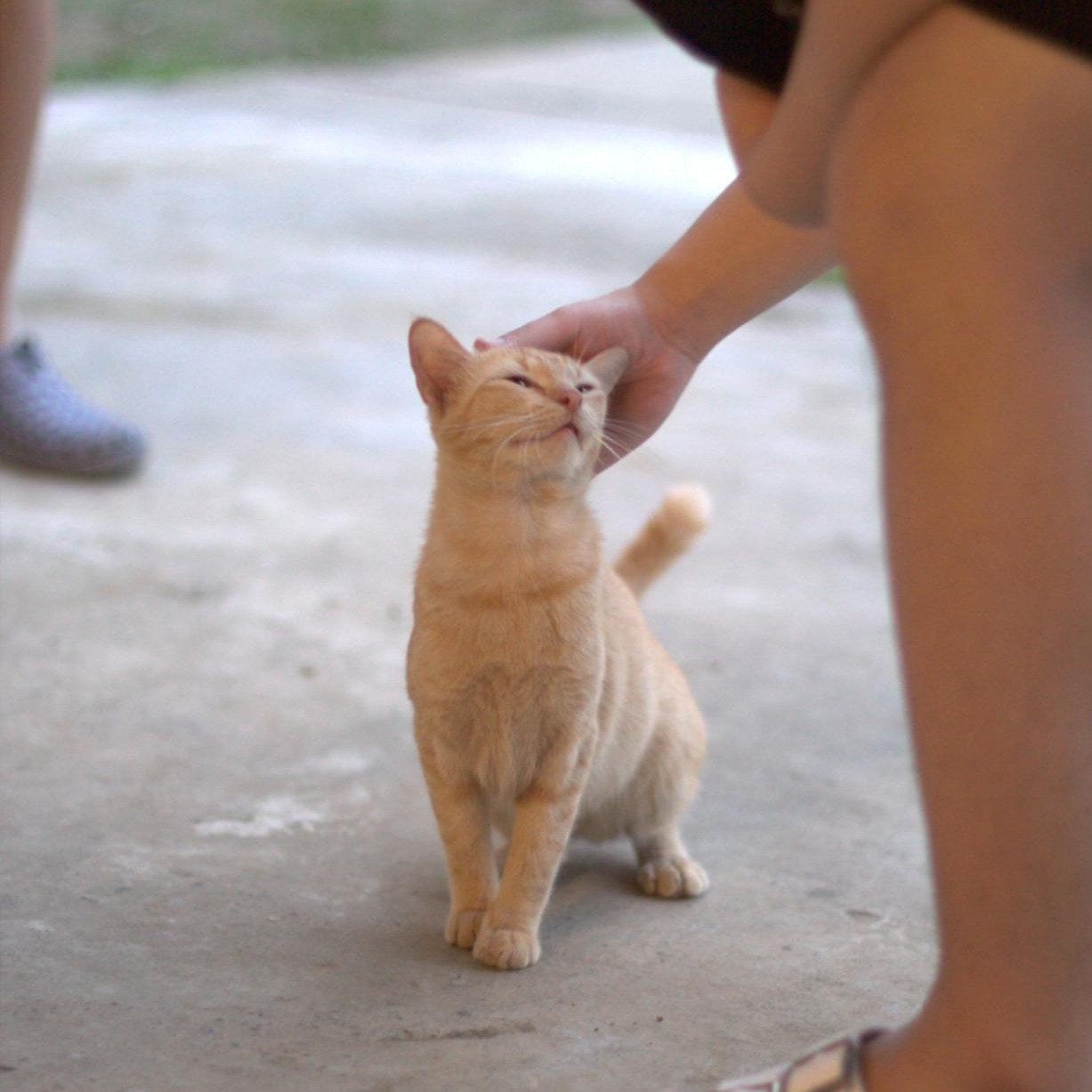| 일 | 월 | 화 | 수 | 목 | 금 | 토 |
|---|---|---|---|---|---|---|
| 1 | 2 | 3 | 4 | 5 | 6 | 7 |
| 8 | 9 | 10 | 11 | 12 | 13 | 14 |
| 15 | 16 | 17 | 18 | 19 | 20 | 21 |
| 22 | 23 | 24 | 25 | 26 | 27 | 28 |
| 29 | 30 |
Tags
- 딥러닝
- 인공지능
- 머신러닝공부
- feature scaling
- acmicpc.net
- 비용함수
- 자바
- 파이썬강좌
- 자바시작하기
- 머신러닝 강의
- 파이썬강의
- java
- Gradient Descent
- supervised learning
- 머신러닝 강좌
- 머신러닝
- c언어 오목
- 비지도학습
- Python강의
- python강좌
- 경사하강법
- 지도학습
- unsupervised learning
- 자바강좌
- 효묘블로그
- 딥러닝공부
- JAVA강좌
- C언어
- 선형회귀
- 백준 알고리즘
Archives
- Today
- Total
컴공과컴맹효묘의블로그
TensorFlowCore 기초 : 이미지 분류하기 본문
반응형
tf 버전 : 2.0.0
import
import matplotlib.pyplot as plt
import tensorflow as tf
import numpy as np
from tensorflow import kerashttps://www.tensorflow.org/tutorials/keras/classification 이거 따라침
위 tutorial은 60,000개의 이미지 train set을 학습시킨다. 목표는 10 종류의 의류를 분류하는 것.
+tensorflow 공식 사이트 튜토리얼인데 모델 구현이 너무 쉽다. 진짜 초보자 / 비전공자를 위한듯.
keras로 모델을 구현하는 방법은 3단계로 나뉨.
- 모델 쌓기
- 모델 컴파일
- 모델 학습
모델 쌓기
모델 쌓기는 학습 모델의 레이어 층을 쌓는 것이다.
model = keras.Sequential([
keras.layers.Flatten(),
keras.layers.Dense(128, activation='relu'),
keras.layers.Dense(10, activation='softmax')
])첫 번째 layer는 Flatten으로 28*28 이미지 데이터를 평평하게 (784)로 만들어 준다.
두 번째 layer는 활성화 함수가 relu인 node들을 784에서 128로 줄여준다
세 번째 layer는 활성화 함수가 softmax인 node들을 128에서 10으로 줄여준다.
모델 컴파일
학습전 세팅이다.
optimizer : loss를 바탕으로 모델 업데이트 방법 결정
loss : 비용함수.
metrics : y_true와 y_pred의 모니터링.
model.compile(optimizer='adam', loss='sparse_categorical_crossentropy', metrics=['accuracy'])모델 학습
학습하기
epochs는 반복 횟수
참고로 train_images는 numpy.ndarray 이고 (60000, 28, 28)크기이다.
model.fit(train_images, train_labels, epochs=5)evaluate
모델이 얼마나 정확한 답을 하는지 알아보자.
test_loss, test_acc = model.evaluate(train_images, train_labels, verbose=2)FullCode
import matplotlib.pyplot as plt
import tensorflow as tf
import numpy as np
from tensorflow import keras
fashion_mnist = keras.datasets.fashion_mnist
(train_images, train_labels),(test_images, test_labels) = fashion_mnist.load_data()
class_names = ['T-shirt/top', 'Trouser', 'Pullover', 'Dress', 'Coat',
'Sandal', 'Shirt', 'Sneaker', 'Bag', 'Ankle boot']
train_images = train_images/255.0
test_images = test_images/255.0
model = keras.Sequential([
keras.layers.Flatten(),
keras.layers.Dense(128, activation='relu'),
keras.layers.Dense(10, activation='softmax')
])
model.compile(optimizer='adam', loss='sparse_categorical_crossentropy', metrics=['accuracy'])
model.fit(train_images, train_labels, epochs=5)
test_loss, test_acc = model.evaluate(train_images, train_labels, verbose=2)
print('\n테스트 정확도 :',test_acc)
print('loss함수 최적값 :',test_loss)
plt.figure(figsize=(10,10))
for i in range(25):
plt.subplot(5,5,i+1)
plt.xticks([])
plt.yticks([])
plt.grid(False)
plt.imshow(train_images[i], cmap=plt.cm.binary)
plt.xlabel(class_names[train_labels[i]])
plt.show()다음으로 읽어볼 것. https://www.tensorflow.org/tutorials/customization/basics
반응형
Comments
